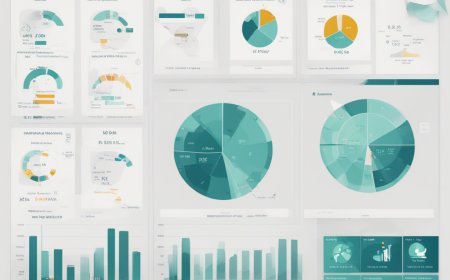Understanding Sustainability: A Comprehensive Guide for the Modern World
Discover the concept of sustainability and its significance in our world today. Learn about the three pillars of sustainability and how the circular economy contributes to a sustainable future. Get inspired to adopt sustainable practices and contribute to a greener and more equitable world

Exploring the Three Pillars of Sustainability and Embracing a Circular Economy
In the hustle and bustle of our modern lives, we often forget the delicate balance that sustains life on Earth: The balance of sustainability. It's not just a buzzword thrown around by environmentalists and scientists. It's a concept that directly impacts our lives and the future of our planet.
So, what is sustainability? Simply put, it's about meeting our needs without compromising the ability of future generations to meet theirs. It's about recognizing that all our actions have consequences, and it's our responsibility to make choices that will have a positive impact on our planet.
The Three Pillars of Sustainability
The concept of sustainability rests on three pillars: environmental, economic, and social. These three aspects are intertwined and equally important for achieving a sustainable future.
Environmental Sustainability is about preserving our natural resources and maintaining the balance of our ecosystems. This involves practices like reducing waste, minimizing pollution, and promoting the use of renewable energy sources.
Economic Sustainability is about ensuring that economic growth and development are balanced with environmental considerations. This means promoting green businesses, reducing income inequality, and encouraging fair trade.
Social Sustainability is about promoting social equity, community development, and human rights. It involves ensuring access to basic services, promoting social cohesion, and encouraging active participation in society.
The Circular Economy: A Sustainable Solution
The circular economy is a revolutionary concept that challenges the traditional, linear 'make-use-dispose' model of consumption. Instead, it encourages a closed-loop system where waste is minimized and resources are reused or recycled, thus reducing our impact on the environment.
How Can You Contribute to Sustainability?
Now that we've explored the concept of sustainability and its pillars, let's look at some practical ways you can contribute to sustainability:
- Reduce, Reuse, Recycle: Cut down on waste by following the three R's. Reduce your consumption, reuse items as much as possible, and recycle what you can't reuse.
- Green Your Commute: Opt for public transportation, biking, or walking instead of driving. If driving is necessary, consider carpooling or using an electric vehicle.
- Eat Locally and Seasonally: Support local farmers, reduce the carbon footprint of your food, and enjoy fresher, tastier produce by eating locally and seasonally.
- Conserve Energy: Turn off lights and electronics when not in use, use energy-efficient appliances, and consider renewable energy sources like solar power for your home.
- Educate and Advocate: Spread the word about sustainability and advocate for policies that promote sustainable practices.
In the grand scheme of things, each of our actions might seem small and insignificant. But collectively, our actions can have a tremendous impact. As the saying goes, "The greatest threat to our planet is the belief that someone else will save it." So, let's shake off that belief and step up to the challenge. After all, we are all part of the solution. And it's about time we started acting like it.
Disclaimer: The image(s) featured in this article are for illustrative purposes only and may not directly depict the specific concepts, situations, or individuals discussed in the content. Their purpose is to enhance the reader's understanding and visual experience. Please do not interpret the images as literal representations of the topics addressed.
What's Your Reaction?













































































































